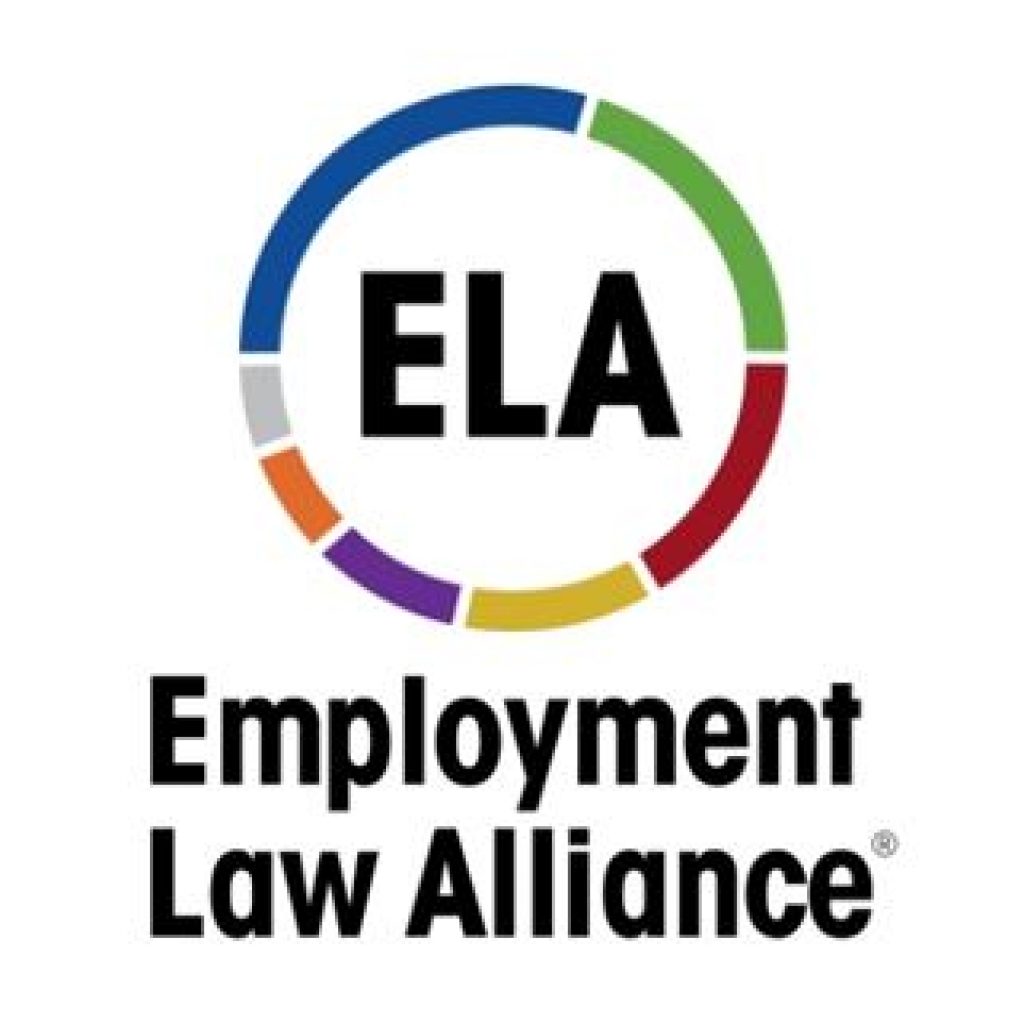Baby Steps – The EEOC Offers a Little Guidance on the New Pregnant Workers Fairness Act
As discussed in our December 2022 E-Update, Congress enacted the Pregnant Workers Fairness Act as part of the most recent federal omnibus funding bill. The Equal Employment Opportunity Commission has now issued rather limited guidance on that new law.
In What You Should Know About the Pregnant Workers Fairness Act, the EEOC explains that the new law requires covered employers to provide reasonable accommodations to a worker’s known limitation related to pregnancy, childbirth or related conditions, unless it would cause the employer an undue hardship. It further makes the following points:
- The PWFA goes into effect on June 27, 2023. The EEOC will begin accepting charges of discrimination under the PWFA beginning on that date. However, until then and as well as after, pregnant employees may file charges of discrimination based on Title VII and the ADA.
- Federal, state and local laws may provide additional protections beyond the PWFA. Federal laws include:
- Title VII, which prohibits discrimination based on pregnancy, childbirth and other medical conditions, and requires employers to treat such employees the same as other employees who are similar in their ability or inability to work.
- The American with Disabilities Act, which prohibits discrimination based on disability, which may include some related to pregnancy, childbirth and other medical conditions, and requires employers to provide reasonable accommodations as long as there is no undue hardship.
- The Family and Medical Leave Act, which provides up to twelve weeks of unpaid, job-protected leave for serious health conditions including those arising from pregnancy and childbirth, as well as to care for a child following its birth.
- The Providing Urgent Maternal Protections for Nursing Mothers (PUMP) Act, which provides lactation accommodations and protections in the workplace, as discussed further in this E-Update here.
- The EEOC will be issuing regulations to implement the law. Proposed regulations will be subject to public comment, before the EEOC issues final regulations.
- “Covered employers” include private and public sector employers with at least 15 employees.
- Of particular usefulness, the EEOC offers examples of possible reasonable accommodations:
- the ability to sit or drink water;
- receive closer parking;
- have flexible hours;
- receive appropriately sized uniforms and safety apparel;
- receive additional break time to use the bathroom, eat, and rest;
- take leave or time off to recover from childbirth; and
- be excused from strenuous activities and/or activities that involve exposure to compounds not safe for pregnancy.
We caution employers, however, not to assume that any particular accommodation is needed by an employee. Employers who have paternalistically prohibited pregnant employees from certain tasks or exposures to certain chemicals have been found liable for discrimination. It is important to engage in the interactive process, as set forth under the ADA, with the employee to identify appropriate accommodations.







